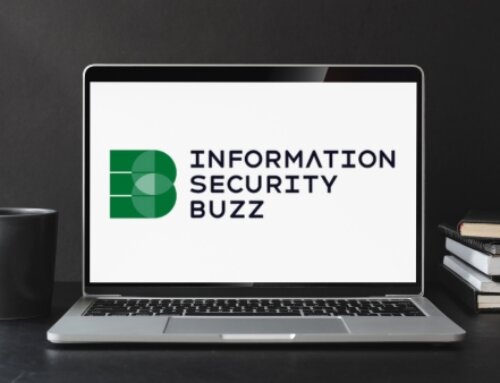Cybersecurity threats are rapidly increasing in sophistication and frequency. Even while under constant threat of a cybersecurity attack, organizations continue to grow and their infrastructures increase in complexity, and with that complexity comes the potential to create gaps in their attack surface.
Having appropriate visibility and instrumentation is key to a defense-in-depth approach. However, the instrumentation needs to be supported with people and processes. Unfortunately, the global talent shortage for skilled IT Security resources is affecting nearly every organization. The result is IT Teams wearing multiple hats while responding to a barrage of alerts from security tools.
Fortunately, there is a solution in the form of a Managed Detection and Response (MDR) provider. By delivering round-the-clock monitoring, sophisticated threat detection, meaningful escalations, and remediation capabilities, MDR providers play a vital role in helping organizations mitigate cyberthreats.
More than a security detection solution or “alert reflector,” MDR providers can help solve a number of security operations challenges. Here are seven to consider:
- Talent Shortage. Staffing is a critical challenge across every IT department, with security resources being among the hardest to attract and retain. MDR providers help to bridge the talent gap and provide consistency to your security program.
- Visibility Across Disparate Environments and Technologies. MDR providers can centralize visibility across a distributed environment and SaaS applications into a single pane of glass, thereby decreasing the time to detect and effort to respond to cyberthreats.
- Solve for Tool Sprawl. Enterprises continue to invest in security solutions. Over time, tools can become neglected and alerts can be ignored. A MDR provider helps to solve for tool sprawl by providing security teams a single platform to monitor, detect, and respond to alerts from disparate technologies in concert.
- 24x7x365 Monitoring. Gartner recommends a team of at least eight dedicated resources to staff a SOC 24×7. With the talent shortage, finding just one qualified person is difficult (and likely expensive). In addition to “Always-On” detection and response, MDR providers offer a consistent and cost-effective alternative to building an in-house team. MDR providers deliver turn-key SOC capabilities that monitor and respond to cyber threats across the enterprise.
- Reduce False Positives. MDR providers reduce the number of escalations that require attention from in-house IT teams. This leaves more time in the day to focus on initiatives that enable the business.
- Extract ROI from Existing Investments. it is very common for organizations to make investments in strategic technologies, only to have assets be partially implemented, improperly tuned, and under-utilized. A MDR provider can ensure tools are configured appropriately and are delivering their full capability, maximizing the value.
- Security Program Measurement. MDR can help you understand what good looks like. MDR providers assist in developing metrics relevant to your business model and offer a variety of reports that measure maturity, document progress over time, and facilitate compliance.
Forrester says, “finding potential intrusions quickly and coupling those findings with customized, prescriptive, action-oriented alerts is what makes buyers love their MDR service.” At Verinext we agree. The right MDR can help protect your organization in real-time while helping your security team move from reactive to proactive. Verinext is an expert at aligning organizations with the MDR service that is best for their business. Contact us today for a consult to learn more.






